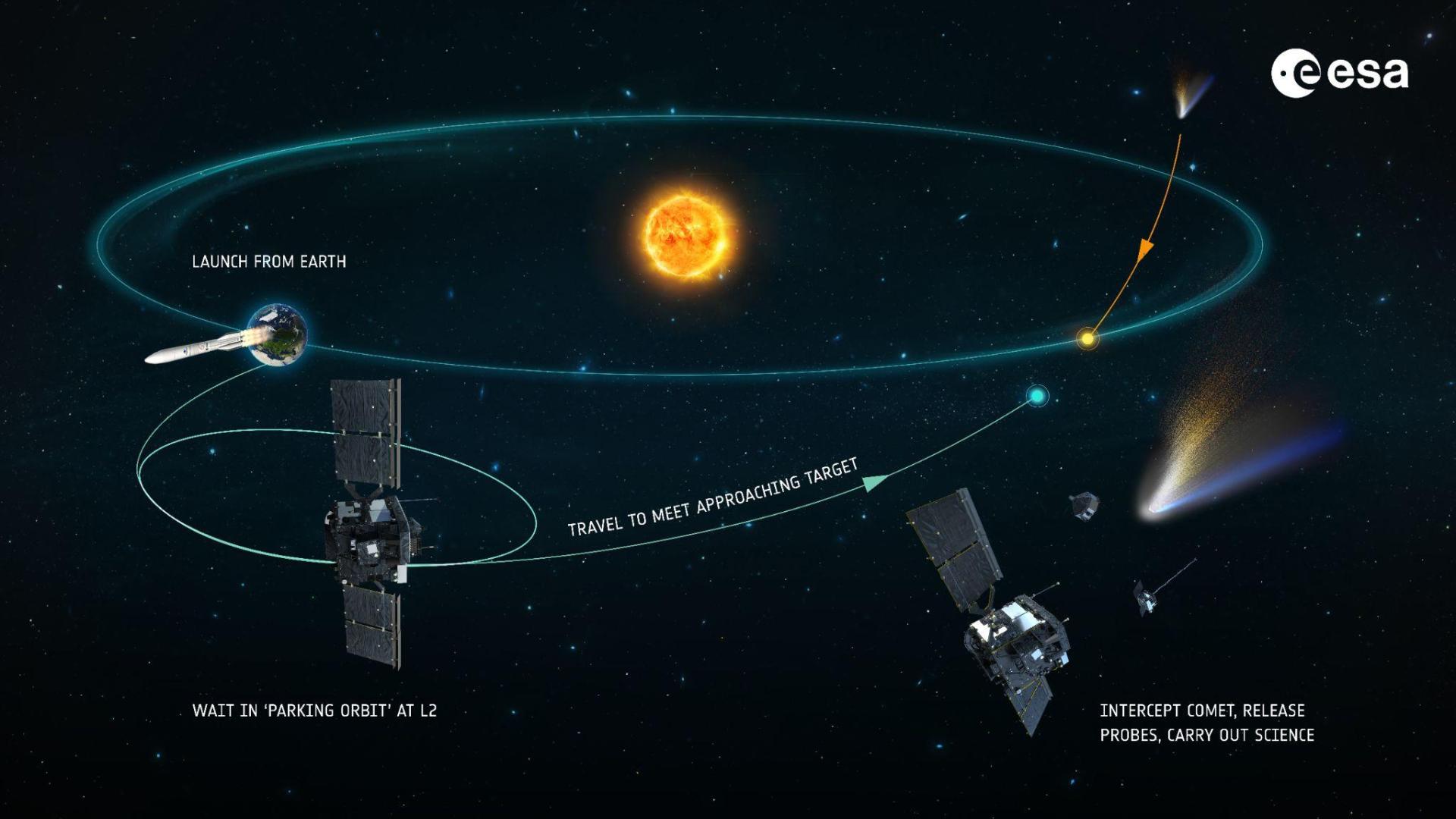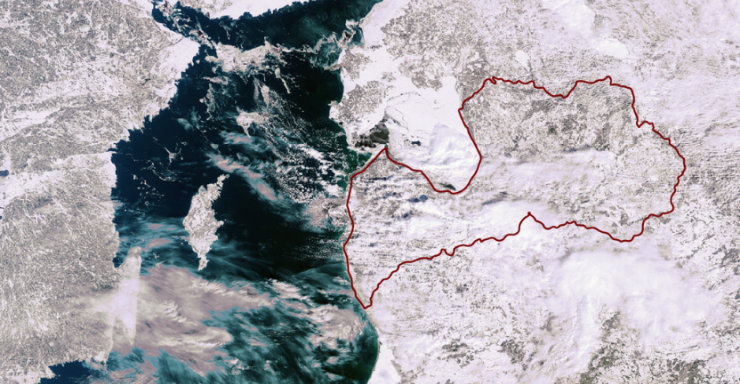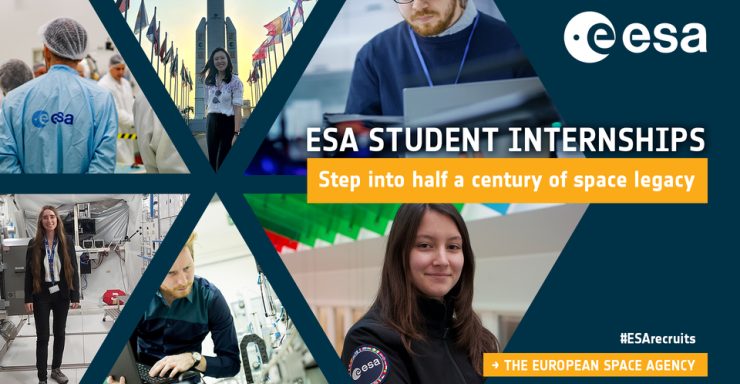In collaboration with Latvian technology company Nanocraft Ltd, Ventspils University of Applied Sciences, and the Tartu Observatory, the photorealistic modelling project "CI3D" was successfully delivered to the European Space Agency (ESA). The project's activities provide computer-generated images for testing cameras for ESA's "Comet Interceptor" mission. Given that the mission, scheduled for the early 2030s, will approach a yet-unknown target comet—currently too distant from the Sun and invisible to astronomical and space telescopes—photorealistic image generation is essential for validating the mission's cameras.
Much like in the production of the film Straume, the "CI3D" team uses the photorealistic 3D modelling tool Blender. Both internationally recognised projects share a guiding principle: the ability of the team to create virtual worlds that, in turn, expand our imagination.
All previous space missions have been developed with a specific target — an object or phenomenon in the Universe — in mind. The "Comet Interceptor" mission highlights Europe's leadership in comet research. Following the impressive success of Rosetta, ESA has taken on a bold new space technology challenge: to develop a mission with multiple probes that will approach a target comet that may still be unknown at the time of the spacecraft's launch.
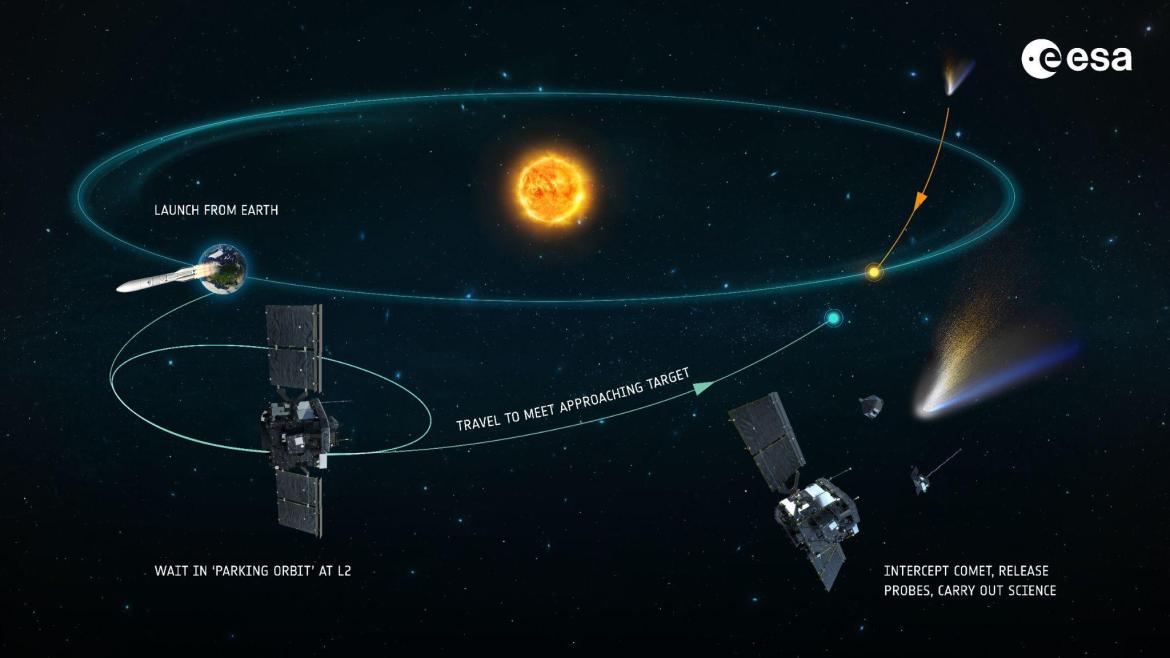
New challenges make science and technology projects exciting. Since the latter half of the 2010s, the Latvian–Estonian team has carved out a special niche under the leadership of Professor Mihkel Pajusalu at the Tartu Observatory. Ph. D. Andris Slavinskis and colleagues mastered the Blender tool. After a decade in Sweden, Switzerland, Estonia, the US, and Finland, A. Slavinskis returned to Latvia with the idea of founding a company focused on modelling space scenes. To solve complex problems related to comet atmosphere modelling, he reached out to scientists at his alma mater, Ventspils University of Applied Sciences: Professor Andris Vaivads and researcher Karina Šķirmante.
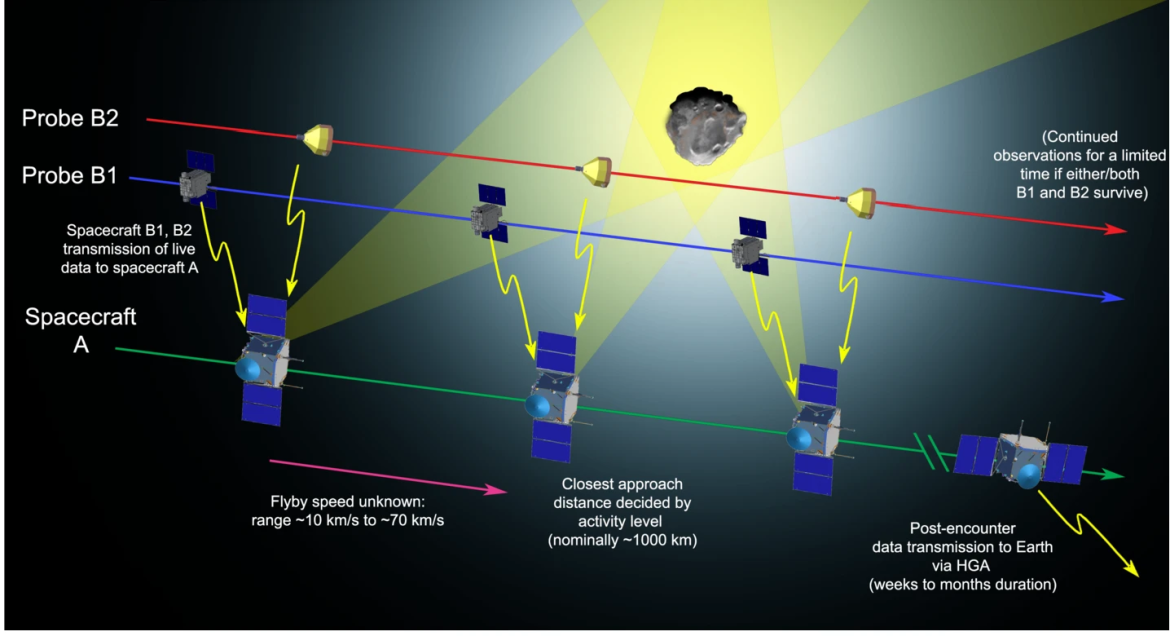
To successfully develop space cameras, one must identify as many physical parameters as possible that characterise the mission's target.
In the "Comet Interceptor" mission, the task is to model the range of physical parameters representing possible comet sizes, shapes, and activity levels, as well as flyby speed and geometry (probe vs comet and the direction of sunlight). Additionally, under the "CI3D" project, the team worked with three cameras—OPIC, MIRMIS NIR, and EnVisS—developed in Estonia, Finland, and Italy, respectively. The "Comet Interceptor" mission comprises three probes: the main spacecraft "A", which carries the MIRMIS NIR camera; probe "B2", equipped with OPIC and EnVisS; and probe "B1". The Blender modelling tool allows us to programme physical and flyby parameters virtually.
With the successful delivery of the project, the "CI3D" team is preparing for future activities. In the project extension, there are plans to enhance the comet atmosphere model by adding a tail and jets and incorporating background stars, which can be used to determine the orientation of probe "B2".
The extension also includes interviews with the remaining five "Comet Interceptor" camera teams, whose instruments are distributed across all three probes. Probe "B1" is being developed by the Japan Aerospace Exploration Agency, offering the Latvian computer science team an opportunity to expand cooperation beyond Europe.
